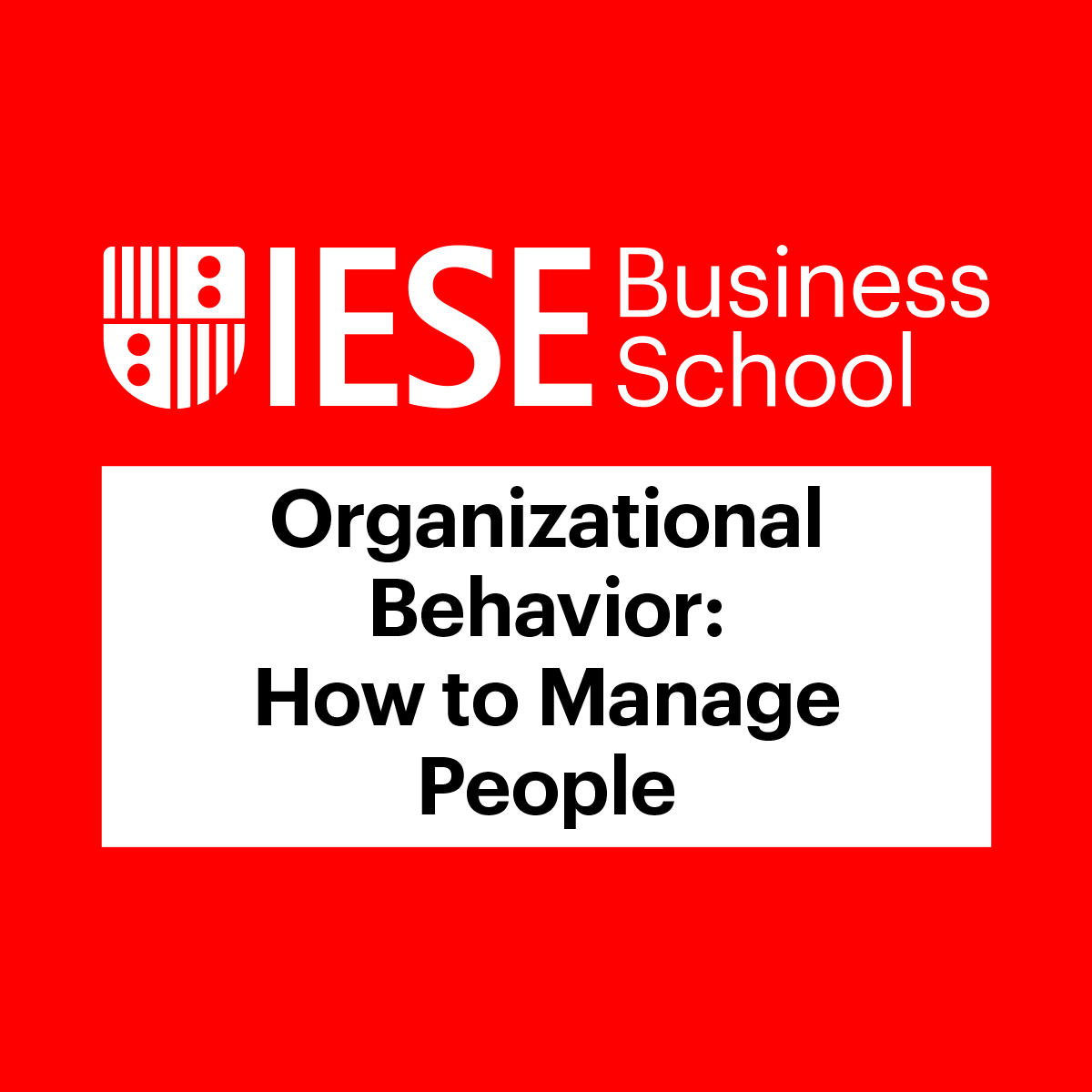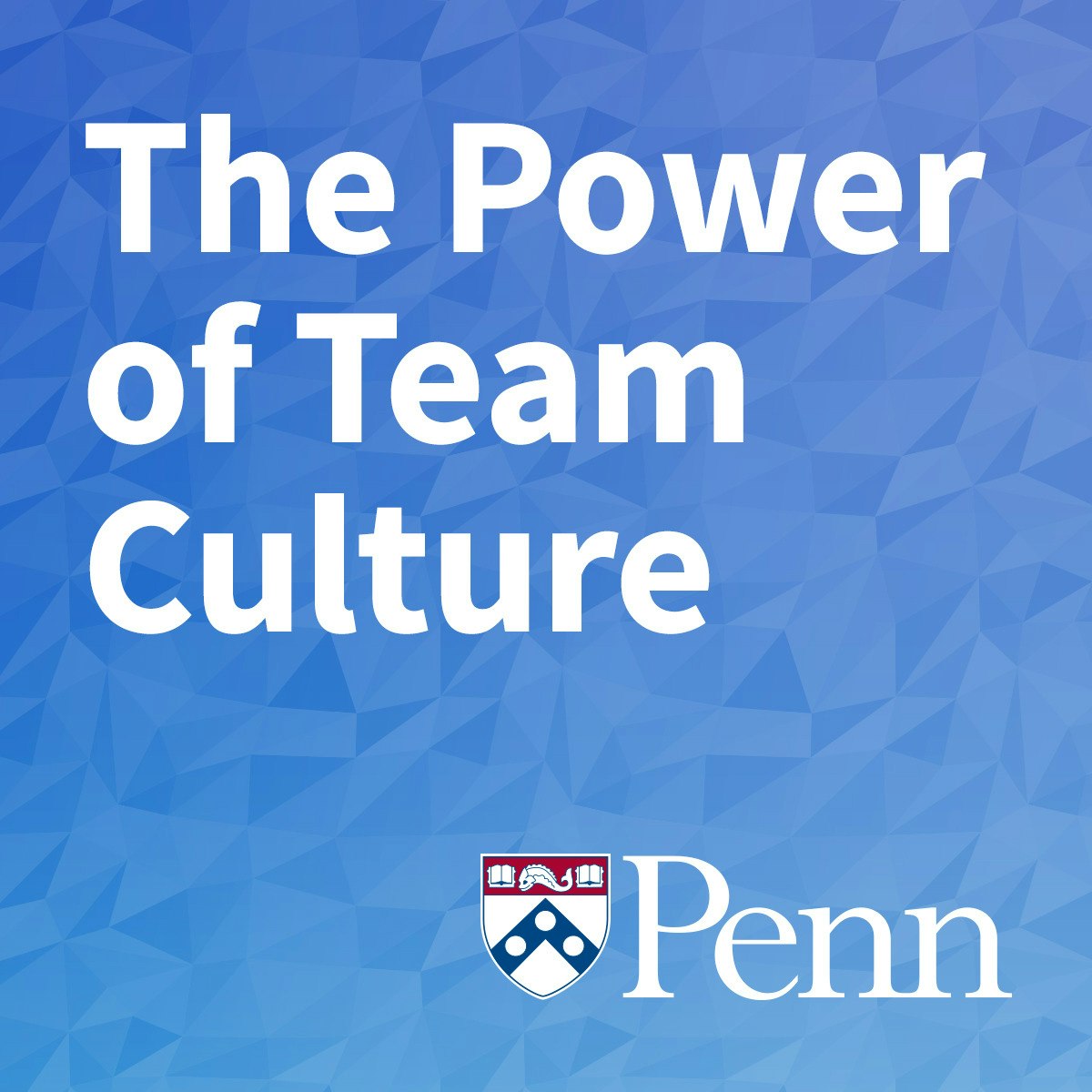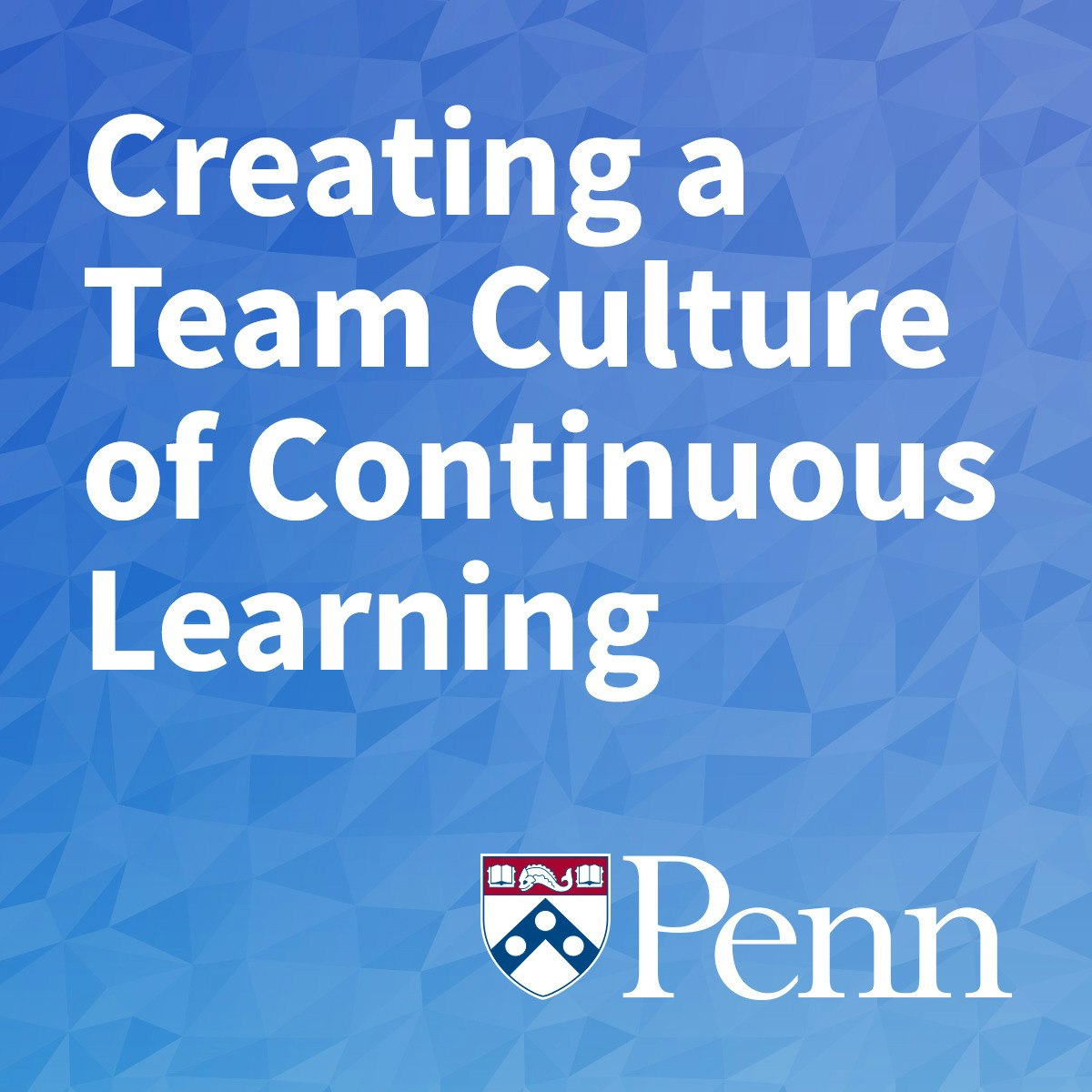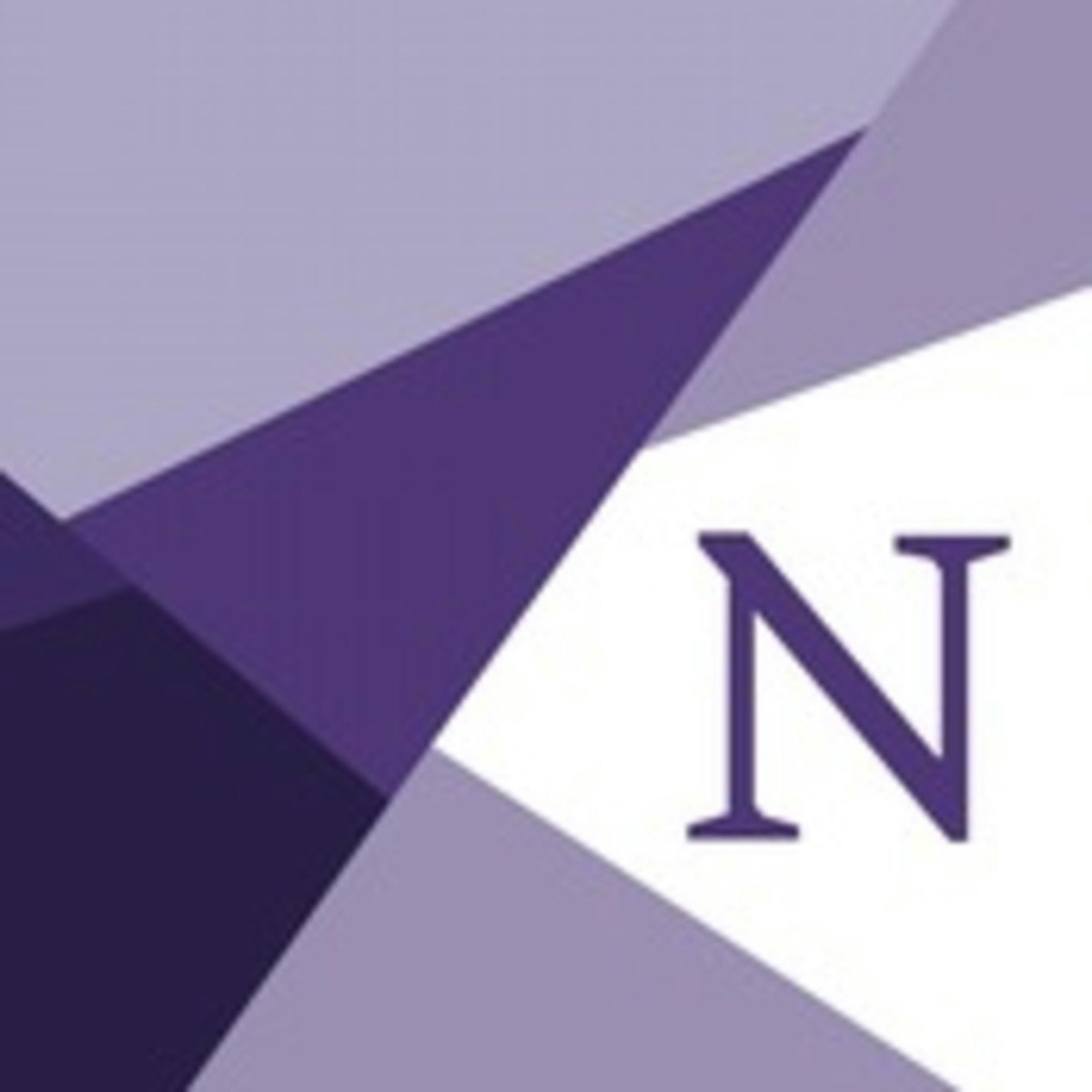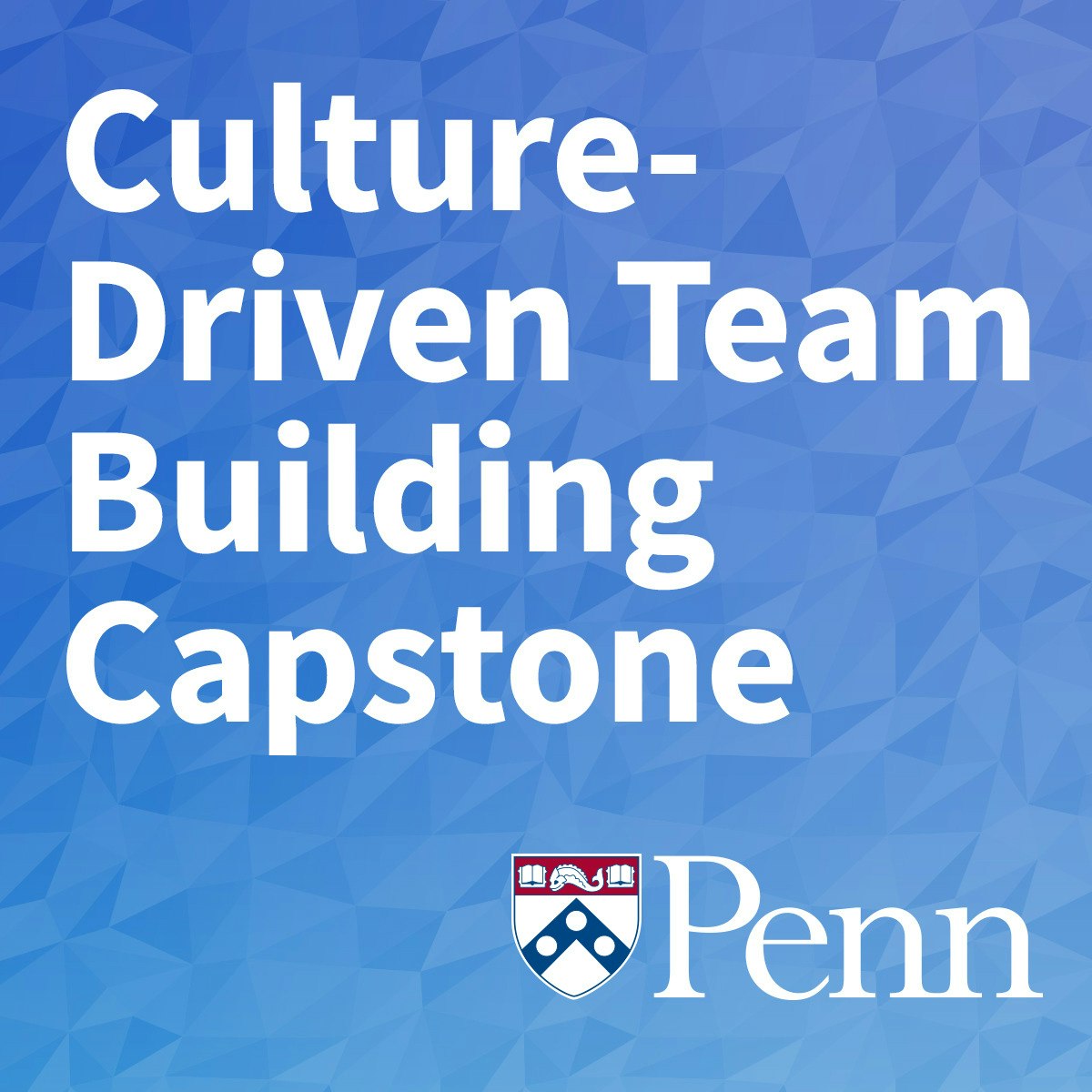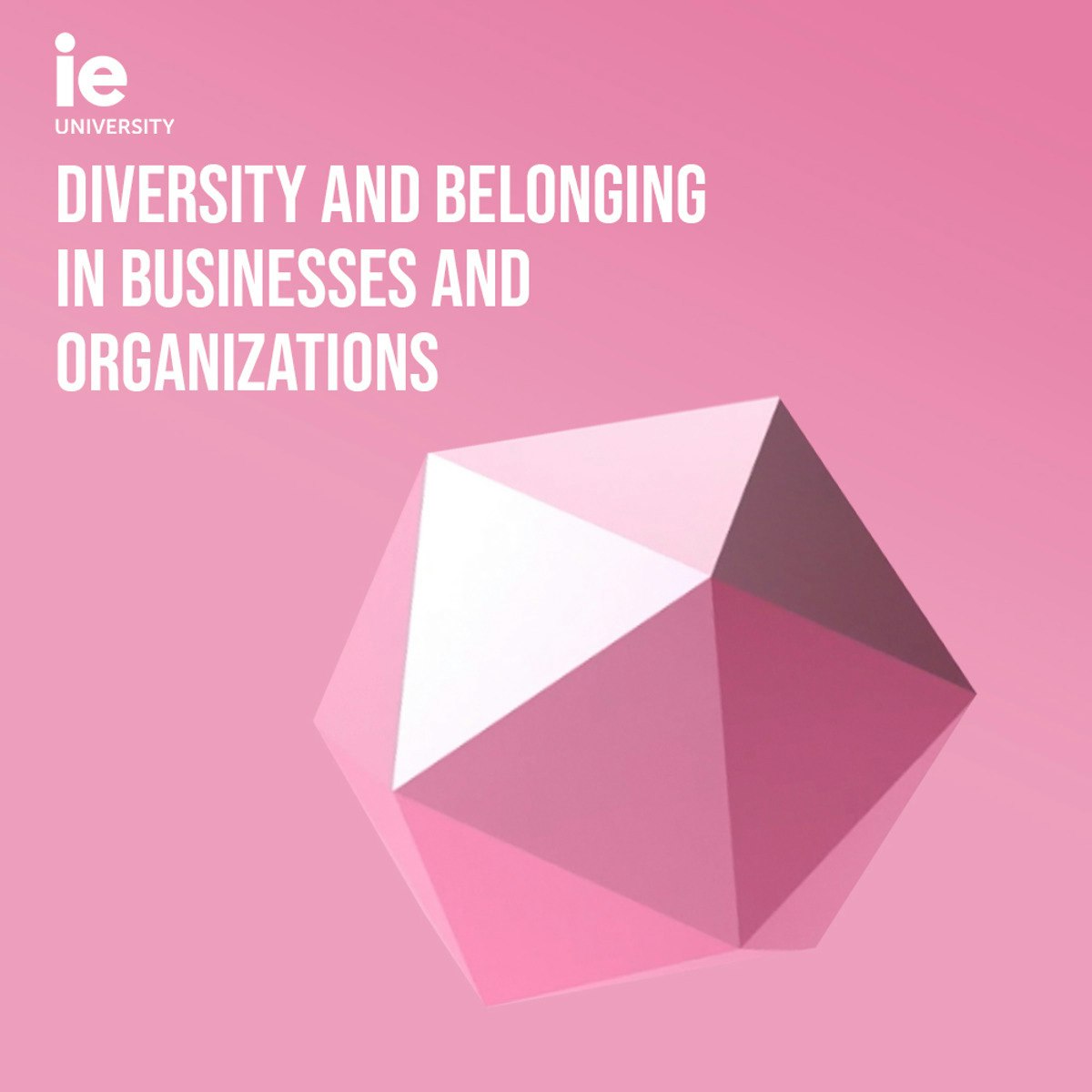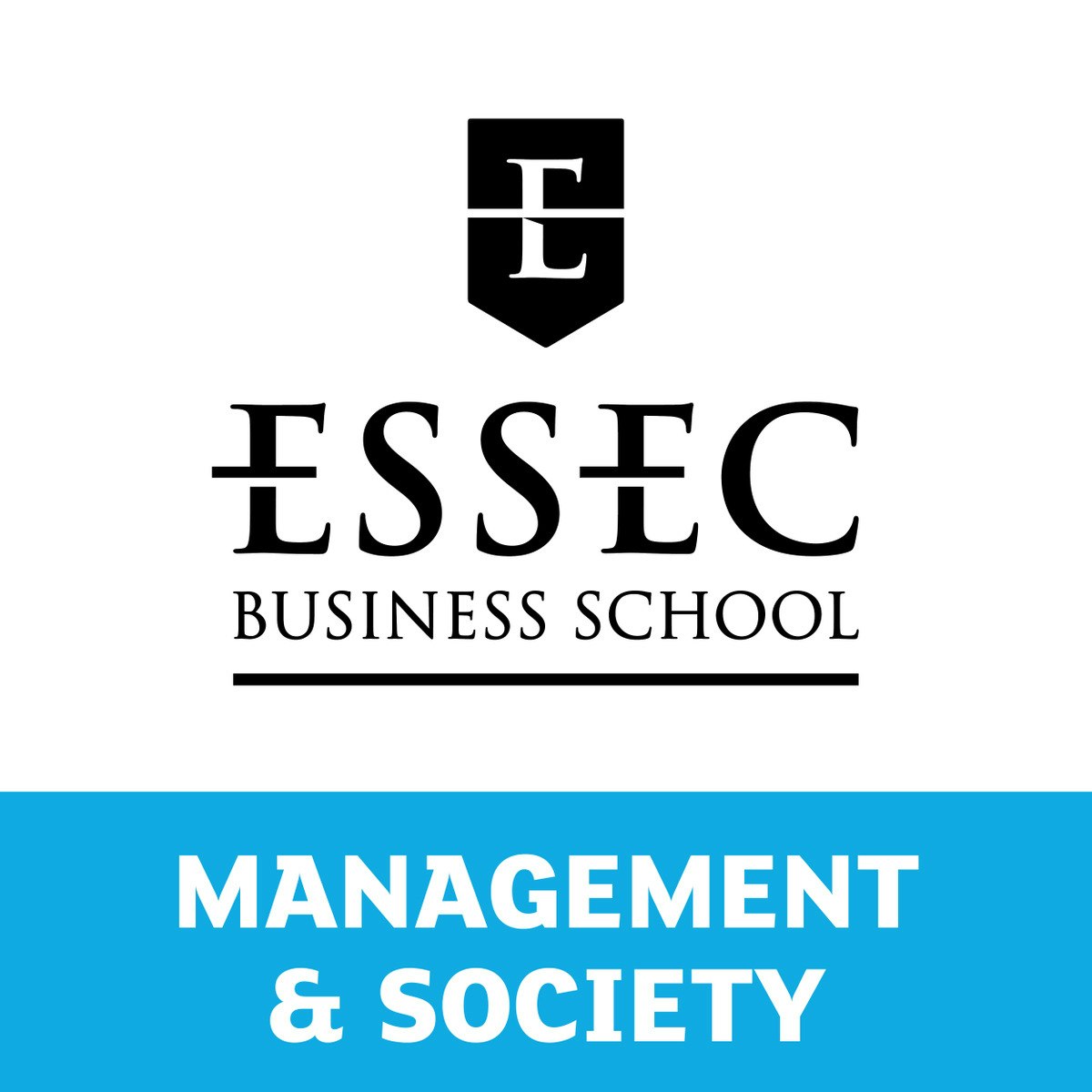Organizational Culture
derstanding Organizational Culture: A Comprehensive Guide
Organizational culture, at its core, represents the shared values, beliefs, attitudes, systems, and rules that shape and influence employee behavior within an organization. It's the collective personality of a company, dictating how things get done, how people interact, and what is considered important. Think of it as the invisible hand that guides employees, impacting everything from decision-making processes to the overall employee experience. A strong and positive organizational culture can be a powerful force, fostering collaboration, driving innovation, and attracting top talent.
Exploring the realm of organizational culture can be deeply engaging. It allows individuals to understand the underlying forces that make a company unique and successful (or unsuccessful). For those fascinated by human behavior and group dynamics, dissecting and shaping an organization's culture can be an exciting endeavor. Furthermore, a well-cultivated culture can lead to a more fulfilling work environment where employees feel valued, motivated, and connected to a larger purpose. This can translate into tangible benefits for the organization, such as increased productivity, higher employee retention, and a stronger brand reputation.
What is Organizational Culture?
Organizational culture is a complex and multifaceted concept, but at its heart, it's about the shared way of life within a company. It encompasses the unspoken rules, the stories people tell, the way decisions are made, and the general atmosphere of the workplace. It's more than just a mission statement or a list of company values; it's about how those values are lived out daily by everyone in the organization. This culture plays a significant role in how employees experience their work, how they interact with colleagues and customers, and ultimately, how successful the organization is.
Defining Organizational Culture and Its Core Characteristics
Organizational culture can be defined as the set of shared assumptions, values, and beliefs that govern how people behave in organizations. These shared values have a strong influence on the people in the organization and dictate how they dress, act, and perform their jobs. Every organization develops and maintains a unique culture, which provides guidelines and boundaries for the behavior of the members of the organization.
Some core characteristics of organizational culture include being learned, shared, and largely invisible. It's learned through the process of socialization as new members join an organization. It's shared, meaning that the assumptions and beliefs are held in common by members of the organization. And it's often invisible, operating at an unconscious level, yet powerfully shaping behavior.
Denison and Mishra (1995) identified four key characteristics of organizational culture: involvement, consistency, adaptability, and mission. Involvement refers to the extent to which employees are engaged and feel a sense of ownership. Consistency relates to the presence of shared norms and values. Adaptability is the organization's capacity to respond to external changes. Finally, mission provides a sense of direction and purpose.
The Impact of Organizational Culture on Employee Behavior and Success
Organizational culture significantly shapes employee behavior. It provides a framework of expectations and norms that guide how employees interact with each other, approach their tasks, and make decisions. When the culture is strong and positive, it can foster a sense of belonging and encourage employees to align their actions with the company's values and goals. This alignment can lead to increased motivation, higher productivity, and greater job satisfaction.
A company's culture is a critical factor in its overall success. A culture that promotes teamwork, innovation, and customer focus can lead to better financial performance and a stronger competitive advantage. Furthermore, a positive culture is a key driver of employee retention. When employees feel valued, respected, and connected to the organization's mission, they are more likely to remain with the company long-term. Conversely, a toxic or misaligned culture can lead to disengagement, high turnover, and ultimately, organizational failure.
These courses offer insights into how organizational culture influences behavior and overall effectiveness.
Illustrative Examples: Tech Startups vs. Government Agencies
To understand organizational culture in more concrete terms, consider the differences often observed between a tech startup and a traditional government agency. Tech startups frequently cultivate cultures that emphasize innovation, speed, risk-taking, and flexibility. Dress codes are often casual, hierarchies may be flatter, and employees might be encouraged to challenge the status quo and experiment with new ideas. Communication tends to be open and informal, and there's often a strong focus on collaboration and rapid iteration.
In contrast, government agencies often have cultures characterized by stability, predictability, adherence to rules and procedures, and a more formal hierarchy. Decision-making processes can be more structured and may involve multiple layers of approval. Dress codes are typically more formal, and communication often follows established channels. While these cultures might seem less "exciting" to some, they are often designed to ensure fairness, accountability, and the consistent delivery of public services.
It's important to remember that these are generalizations, and cultures can vary widely within any industry. However, these examples illustrate how the nature of the work, the organizational mission, and historical context can shape distinct cultural attributes.
The Evolution of Organizational Culture as a Concept
The study and understanding of organizational culture have evolved significantly over time. Early management theories laid some of the groundwork, though they didn't always explicitly use the term "culture." As our understanding of organizations and human behavior deepened, particularly after World War II, the concept of workplace culture began to take more definite shape. In recent decades, various frameworks have emerged to help analyze and categorize different types of organizational cultures.
Pioneering Management Theories: Taylorism and the Hawthorne Studies
Frederick Winslow Taylor's principles of scientific management, often called Taylorism, emerged in the early 20th century. While not focused on culture in the modern sense, Taylorism emphasized efficiency, standardization of work, and a clear division of labor. This approach implicitly shaped workplace norms and expectations, often leading to highly structured and controlled environments. The focus was primarily on optimizing tasks and productivity, with less attention paid to the social or psychological aspects of work.
The Hawthorne Studies, conducted at Western Electric's Hawthorne Works in Chicago during the 1920s and 1930s, marked a significant shift. Initially designed to study the relationship between workplace conditions (like lighting) and productivity, the researchers stumbled upon a crucial finding: social and psychological factors had a profound impact on employee behavior and output. The very act of paying attention to workers and making them feel valued (the "Hawthorne effect") led to increased productivity, regardless of changes in physical conditions. These studies highlighted the importance of human relations in the workplace and were a precursor to understanding the significance of group norms, informal communication, and employee attitudes – all key elements of organizational culture.
Cultural Shifts in the Workplace After World War II
The post-World War II era brought significant societal changes that also impacted workplace cultures. Economic growth, technological advancements, and evolving social values led to new expectations from employees and different approaches to management. The rise of large corporations created more complex organizational structures. There was a growing recognition of the importance of employee morale and job satisfaction, moving beyond the purely task-oriented focus of earlier management theories.
During this period, concepts like participative management and the human relations movement gained traction. Companies began to explore ways to create more engaging and supportive work environments. The idea that employees were not just cogs in a machine but individuals with needs and motivations started to become more mainstream. This period laid the foundation for more formal theories of organizational culture that would emerge in the following decades.
Modern Frameworks: Hofstede and Schein
In the latter half of the 20th century, more structured frameworks for understanding and analyzing organizational culture emerged. Two of the most influential figures in this area are Geert Hofstede and Edgar Schein.
Geert Hofstede, a Dutch social psychologist, conducted extensive research in the 1960s and 1970s on cultural differences across countries, initially focusing on IBM employees. His Cultural Dimensions Theory identified several dimensions along which national cultures differ, such as Power Distance (the extent to which less powerful members of organizations accept and expect that power is distributed unequally), Individualism vs. Collectivism, Masculinity vs. Femininity, Uncertainty Avoidance, Long-Term vs. Short-Term Orientation, and Indulgence vs. Restraint. While primarily focused on national cultures, Hofstede's work has been widely applied to understand how these broader cultural values can influence organizational cultures within different countries.
Edgar Schein, a former professor at the MIT Sloan School of Management, developed a highly influential model of organizational culture that describes it as having three levels.
- Artifacts: These are the visible, tangible, and audible manifestations of culture, such as dress codes, office layouts, logos, company stories, and observable behaviors. While easy to observe, artifacts can be difficult to interpret accurately without understanding the deeper levels.
- Espoused Values: These are the stated values, strategies, goals, and philosophies of the organization. They represent what the organization says it believes and what it wants others to believe about it. These are often found in mission statements, codes of conduct, or company charters.
- Basic Underlying Assumptions: These are the unconscious, taken-for-granted beliefs, perceptions, thoughts, and feelings that are the ultimate source of values and action. These are the deepest and most powerful level of culture and are often the most difficult to identify and change. Schein argued that to truly understand an organization's culture, one must delve into these underlying assumptions.
Schein's model emphasizes that to effectively manage or change culture, leaders must understand these deeper, often hidden, assumptions. Simply changing artifacts or espoused values without addressing the underlying assumptions is unlikely to lead to lasting cultural transformation.
These foundational books delve into the theories that underpin our understanding of organizational culture.
Dissecting Organizational Culture: The Key Components
Understanding organizational culture requires breaking it down into its constituent parts. While models like Schein's provide a layered view, we can also examine specific elements that manifest and shape culture. These include the visible symbols and stories, the patterns of communication and decision-making, and the rituals that reinforce cultural norms. Recognizing these components can help in diagnosing an existing culture and in thoughtfully shaping a desired one.
The Visible and Invisible: Artifacts, Espoused Values, and Underlying Assumptions
As introduced by Edgar Schein, the three levels of culture – artifacts, espoused values, and basic underlying assumptions – provide a crucial framework for analysis.
Artifacts are the most visible layer. These are the tangible and observable elements of an organization. Examples include the physical layout of the office (open plan vs. private offices), dress codes, company logos, technology used, the language and jargon commonly spoken, and publicly available stories about the organization. While artifacts are easy to see, their meaning can be ambiguous and they only offer a surface-level glimpse into the culture.
Espoused Values are the organization's stated beliefs, philosophies, and goals. These are the values that the company publicly endorses and wants its employees and stakeholders to adopt. They are often articulated in official documents such as mission statements, vision statements, codes of conduct, and employee handbooks. However, there can sometimes be a disconnect between espoused values and the actual behaviors and underlying assumptions within the organization.
Basic Underlying Assumptions represent the deepest level of culture. These are the unconscious, taken-for-granted beliefs and perceptions that drive behavior. They are often unstated and may even be difficult for members of the organization to articulate. These assumptions have typically formed over time as the organization has successfully dealt with problems and challenges. Because they are so deeply ingrained, they are the most difficult aspect of culture to change but also the most powerful in shaping how the organization truly operates.
Understanding the interplay between these three levels is key. For instance, an organization might espouse a value of "innovation" (espoused value) and have open-plan offices and brainstorming rooms (artifacts), but if the underlying assumption is that failure is heavily penalized, true innovation might be stifled.
This course provides practical tools for assessing these cultural components.
Channels of Influence: Communication Patterns and Decision-Making Hierarchies
How information flows within an organization and how decisions are made are critical components and reflections of its culture. Communication patterns reveal a lot about transparency, collaboration, and power dynamics. Is communication primarily top-down, or is there a robust flow of information upwards and across departments? Are meetings formal and structured, or more informal and spontaneous? The tools used for communication (e.g., email, instant messaging, formal memos) also contribute to the cultural fabric.
Decision-making hierarchies indicate who has authority and how choices are implemented. In some cultures, decision-making is highly centralized, with top leadership making most of the key choices. In others, decision-making may be more decentralized, empowering employees at various levels to make decisions relevant to their work. The speed of decision-making, the level of consultation involved, and the tolerance for dissent are all culturally influenced.
A culture that values open communication and participative decision-making is likely to foster more employee engagement and adaptability. Conversely, cultures with restrictive communication and rigid hierarchies might struggle with innovation and responsiveness.
Consider these courses if you're interested in the dynamics of communication within organizations.
The Power of Repetition: Rituals and Symbolic Elements
Rituals and symbolic elements are powerful mechanisms for reinforcing and transmitting organizational culture. Rituals are repetitive activities and routines that have symbolic meaning for the organization and its members. These can range from formal ceremonies like annual awards nights or new employee orientations to informal daily or weekly practices like team huddles, Friday afternoon socials, or even specific ways of starting meetings. These rituals often have historical roots in the company's culture and help to create a sense of camaraderie, belonging, and shared identity among employees. They also serve to teach and reinforce corporate values.
Symbolic elements are objects, actions, or events that convey meaning beyond their functional purpose. These can include company logos, the design of office spaces, specific awards or recognitions, stories about company heroes or pivotal moments, and even particular jargon or language used within the organization. For example, the "pink Cadillac" awarded to top salespeople at Mary Kay is a powerful symbol of achievement and success within that company's culture. Similarly, the sleek, minimalist design of Apple's products and retail stores is a symbolic representation of its values of innovation and simplicity.
By consistently engaging in rituals and highlighting symbolic elements, organizations embed their values and norms more deeply, guiding employee behavior and shaping their understanding of "how things are done around here."
These books explore the subtle yet powerful ways culture is built and maintained.
Navigating the Landscape: Types of Organizational Culture
Organizational cultures are not monolithic; they come in various forms and can be categorized in several ways. Understanding different cultural types can help individuals identify environments where they might thrive and assist organizations in diagnosing their current culture or aspiring to a new one. Frameworks like the Competing Values Framework offer structured ways to think about these variations, while broader distinctions like progressive versus traditional, or global versus localized, provide other lenses for analysis.
The Competing Values Framework: Clan, Adhocracy, Market, and Hierarchy
The Competing Values Framework (CVF), developed by Robert Quinn and Kim Cameron, is a widely used model for understanding and diagnosing organizational cultures. It proposes that cultures can be understood along two key dimensions:
- Internal Focus and Integration vs. External Focus and Differentiation: This dimension looks at whether the organization is primarily focused inward on its own people and processes or outward on the external environment and competition.
- Flexibility and Discretion vs. Stability and Control: This dimension considers whether the organization values adaptability and dynamism or order and predictability.
These two dimensions create four quadrants, each representing a distinct cultural type:
- Clan Culture (Internal Focus & Flexibility): This culture is like an extended family. It emphasizes collaboration, teamwork, employee involvement, and a sense of belonging. Leaders are often seen as mentors or facilitators. The organization is held together by loyalty and tradition, and success is defined in terms of human resource development and employee commitment.
- Adhocracy Culture (External Focus & Flexibility): This culture is dynamic, entrepreneurial, and creative. It values innovation, risk-taking, and being on the cutting edge. Leaders are often visionaries and innovators. The organization encourages individual initiative and freedom, and success is defined in terms of producing unique and original products or services. Tech startups often exhibit adhocracy characteristics.
- Market Culture (External Focus & Control): This culture is results-oriented and competitive. It emphasizes achieving ambitious goals, market share, and profitability. Leaders are often hard-driving and demanding. The organization is focused on outperforming competitors and winning in the marketplace. Success is defined in terms of market penetration and stock price.
- Hierarchy Culture (Internal Focus & Control): This culture is formalized and structured. It values efficiency, predictability, stability, and adherence to rules and procedures. Leaders are often coordinators and organizers. The organization emphasizes smooth functioning, formal processes, and clear lines of authority. Government agencies and large, established corporations often have hierarchical elements.
Most organizations will have a blend of these cultural types, but one or two may be dominant. The CVF is a useful tool for understanding the current culture, identifying desired cultural shifts, and ensuring alignment between culture and strategy.
Spectrum of Change: Progressive vs. Traditional Cultures
Beyond formal frameworks, cultures can often be described along a spectrum from progressive to traditional. This distinction typically relates to an organization's openness to change, embrace of new ideas, and approach to work practices.
Traditional cultures often value stability, established procedures, and respect for hierarchy and authority. Change may be approached cautiously, and decisions might be made through formal channels. There's often a strong emphasis on consistency, reliability, and proven methods. Industries with long histories or high regulatory oversight may lean towards more traditional cultures.
Progressive cultures, on the other hand, tend to embrace change, encourage innovation, and may have more flexible structures. They might be quicker to adopt new technologies and work methods, such as agile methodologies or remote work arrangements. There's often a greater tolerance for experimentation and failure, and employees might be encouraged to challenge existing norms. Startups and companies in rapidly evolving industries often strive for progressive cultures.
It's important to note that "progressive" isn't inherently "better" than "traditional." The most effective culture depends on the organization's industry, goals, and the environment in which it operates. A traditional culture might be highly effective for an organization focused on safety and precision, while a progressive culture might be essential for one needing constant innovation.
Global Reach: Global vs. Localized Cultural Models
In an increasingly interconnected world, many organizations operate across national borders. This raises questions about whether to implement a standardized global organizational culture or allow for more localized cultural adaptations.
A global cultural model aims to create a consistent set of values, norms, and practices across all of an organization's locations worldwide. The goal is often to ensure brand consistency, facilitate global collaboration, and maintain a unified corporate identity. This approach can be beneficial for multinational corporations seeking to leverage global efficiencies and ensure that all employees, regardless of location, share a common understanding of the company's mission and values.
A localized cultural model, conversely, allows for or encourages regional or national variations in organizational culture to better align with local customs, employee expectations, and market conditions. This approach recognizes that what works well in one national culture might not be as effective or appropriate in another. It can lead to greater employee satisfaction and local market responsiveness by respecting and integrating local nuances.
Many global organizations strive for a hybrid approach, establishing a core set of universal corporate values while allowing for flexibility and adaptation at the local level. Navigating these global-local tensions is a significant challenge for leaders in multinational companies. Understanding frameworks like Hofstede's cultural dimensions can be particularly helpful in this context.
These resources can help you explore different cultural models and their implications.
The Bottom Line: Organizational Culture's Impact on Performance
Organizational culture is not just a "soft" aspect of a business; it has a tangible and significant impact on an organization's performance. From financial results to the ability to retain talent and foster innovation, the underlying culture plays a crucial role. Examining this connection helps to underscore why actively managing and cultivating a healthy culture is a strategic imperative for any organization.
The Numbers Game: Correlation Between Culture and Financial Metrics
While it can be challenging to draw a direct, isolated causal link, a growing body of research and anecdotal evidence suggests a strong correlation between healthy organizational cultures and positive financial performance. Companies recognized for their strong cultures often outperform their competitors in terms of revenue growth, profitability, and stock market returns. For example, a study discussed in Harvard Business Review highlighted that organizations with strong, adaptive cultures saw significantly higher revenue growth compared to those with weaker cultures.
A positive culture can contribute to financial success in several ways. Engaged and motivated employees are generally more productive and provide better customer service, leading to increased sales and customer loyalty. Strong cultures can also foster better decision-making and more efficient operations. Conversely, toxic or dysfunctional cultures can lead to decreased productivity, higher error rates, and damage to the company's reputation, all of which can negatively impact the bottom line.
Keeping Your Best: Impact on Employee Retention and Innovation Rates
Organizational culture is a major factor in employee retention. Employees are more likely to stay with an organization where they feel valued, respected, supported, and aligned with the company's mission and values. A positive culture that promotes work-life balance, offers opportunities for growth, and fosters a sense of community can significantly reduce employee turnover. High turnover is costly, not just in terms of recruitment and training expenses, but also in lost productivity and institutional knowledge. Research from SHRM indicates that workers in positive organizational cultures are almost four times more likely to stay with their current employer.
Culture also plays a critical role in an organization's capacity for innovation. Cultures that encourage experimentation, risk-taking, open communication, and learning from failure are more likely to generate new ideas and adapt to changing market conditions. In contrast, cultures that are overly bureaucratic, risk-averse, or hierarchical can stifle creativity and make it difficult for innovative ideas to surface or gain traction. Companies that successfully foster a culture of innovation often see it translate into a competitive advantage through new products, services, and processes.
These courses explore the link between culture, employee engagement, and performance.
The following books offer further insights into building high-performing cultures.
Learning from Success (and Failure): Case Studies of Cultural Transformations
Numerous case studies illustrate the power of organizational culture and the impact of cultural transformations. For example, Microsoft under CEO Satya Nadella underwent a significant cultural shift from a more internally competitive and siloed culture to one emphasizing a "growth mindset," empathy, and collaboration. This cultural change is widely credited with contributing to the company's resurgence and success in areas like cloud computing.
Conversely, stories of companies like Enron or Wells Fargo (during its sales practices scandal) highlight the devastating consequences of toxic or unethical cultures. These cases demonstrate how a culture that prioritizes short-term gains at all costs or tolerates misconduct can lead to catastrophic failure and significant damage to reputation and stakeholder trust.
Studying these examples, both positive and negative, provides valuable lessons for leaders and anyone interested in organizational culture. They underscore the importance of intentional culture-building, ethical leadership, and the long-term impact of cultural choices. According to research from McKinsey, only about 30% of organizational transformation efforts succeed, and a significant factor in success is addressing the cultural aspects of change.
This course focuses on leading change within organizations, a key aspect of cultural transformation.
Charting Your Course: Formal Education Pathways in Organizational Culture
For those who wish to delve deeply into organizational culture, perhaps with a view to specializing in this area professionally, formal education can provide a strong foundation. Various academic disciplines touch upon organizational culture, and specific degree programs can equip individuals with the theories, research methods, and practical skills needed to understand, analyze, and shape workplace environments. This path requires dedication, but it can lead to rewarding careers influencing how organizations function and thrive.
If you're considering this path, remember that academic learning is just one piece of the puzzle. Real-world experience, continuous learning, and strong interpersonal skills are also crucial for success in any role related to organizational culture. However, a solid educational grounding can open doors and provide the conceptual tools for deeper understanding and impact.
Building Blocks: Relevant Undergraduate Majors
Several undergraduate majors can provide a solid foundation for understanding organizational culture. A degree in Psychology, particularly with a focus on industrial-organizational (I-O) psychology or social psychology, offers insights into individual and group behavior, motivation, and organizational dynamics. Courses in these areas often cover topics like group processes, leadership, and organizational development, all of which are highly relevant to understanding culture.
A Business Administration or Management degree, especially with a concentration in Human Resource Management or Organizational Behavior, is another common pathway. These programs typically cover core business principles alongside specific coursework on how organizations function, how to manage people effectively, and the role of culture in achieving business objectives. You might encounter topics like organizational design, change management, and strategic HR.
Other potentially relevant majors include Sociology, which examines social structures and group behavior on a broader scale, and Communication Studies, which can provide a strong understanding of how information flows and meaning is created within organizations. Anthropology, with its focus on understanding human cultures in various contexts, can also offer unique perspectives applicable to organizational settings.
Online courses can be an excellent way to explore these foundational subjects or supplement your existing studies. OpenCourser offers a wide range of courses in Psychology and Business Administration that can help you build a strong base.
Advanced Studies: Graduate Programs in Organizational Development and Related Fields
For those seeking specialized expertise, graduate-level study is often necessary. Master's or doctoral programs in Organizational Development (OD) are directly focused on understanding and improving organizational effectiveness, with culture being a central theme. OD programs typically emphasize systems thinking, change management, group dynamics, intervention strategies, and action research. Graduates are often prepared for roles as internal or external consultants helping organizations diagnose issues and implement changes, including cultural transformations.
Related graduate fields include Industrial-Organizational Psychology (MA or PhD), which applies psychological principles to workplace issues, including employee selection, training, performance appraisal, and organizational culture. A Master of Business Administration (MBA) with a concentration in Human Resources, Leadership, or Strategy can also provide advanced knowledge relevant to managing and shaping organizational culture from a business perspective.
Some universities may also offer specialized master's degrees in areas like Leadership and Organizational Change, Strategic Human Resource Management, or even specific programs focusing on organizational culture. When considering graduate programs, look for curricula that offer a blend of theory, research methods, and practical application, as well as opportunities for internships or consulting projects.
These online courses offer a glimpse into more advanced topics related to organizational leadership and development.
Broadening Horizons: Research Opportunities in Cultural Anthropology and Sociology
For individuals with a strong academic inclination and an interest in the deeper, systemic aspects of culture, research opportunities in fields like Cultural Anthropology and Sociology can be highly relevant. While not always directly focused on "organizational" culture in a business sense, these disciplines provide powerful theoretical lenses and methodological tools for studying human groups, social structures, belief systems, and symbolic behaviors – all of which are at the heart of understanding any form of culture, including that of workplaces.
Cultural anthropologists often use ethnographic methods, such as participant observation and in-depth interviews, to gain rich, qualitative insights into how cultures function from an insider's perspective. These approaches can be invaluable for uncovering the "basic underlying assumptions" that Schein identified as the core of organizational culture.
Sociologists, particularly those specializing in the sociology of organizations or economic sociology, study how social forces shape organizational forms, practices, and outcomes. They might examine issues like power dynamics, social networks, institutional pressures, and the relationship between organizations and society. This broader perspective can help in understanding how organizational cultures are influenced by and, in turn, influence their external environments.
Research in these fields can contribute to a more nuanced and critical understanding of organizational culture, moving beyond purely managerial perspectives. It can also inform more ethical and socially responsible approaches to organizational design and change.
Organizational Culture in Practice: Career Paths and Progression
Understanding organizational culture isn't just an academic exercise; it's a vital component of many professional roles and offers distinct career paths. Whether you're starting out, looking to pivot, or aiming for leadership, a grasp of cultural dynamics can be a significant asset. The journey might begin in foundational roles and, with experience and skill development, lead to positions where you directly shape and steward an organization's culture.
If you're new to this field, or considering a career change, it's natural to feel a mix of excitement and trepidation. The path isn't always linear, and building expertise takes time and effort. However, the skills you develop in understanding and influencing organizational culture are highly transferable and increasingly valued. Be prepared to learn continuously, adapt to different organizational contexts, and embrace the complexities of human behavior in the workplace.
Getting Started: Entry-Level Roles in HR and Operations
Many professionals begin their journey with organizational culture in entry-level roles within Human Resources (HR) or Operations. In HR, positions like HR Assistant, HR Coordinator, or Recruiter provide exposure to various aspects of the employee lifecycle, from hiring and onboarding to employee relations and training. These roles offer opportunities to observe the existing culture, understand how it impacts employees, and contribute to processes that reinforce desired cultural attributes. For example, recruiters play a role in assessing cultural fit, and onboarding specialists help new hires understand and integrate into the company culture.
In Operations, roles might involve project coordination, process improvement, or team support. These positions provide insights into how work actually gets done, how teams collaborate (or don't), and how the prevailing culture affects efficiency and productivity. Even in roles not explicitly focused on culture, a keen observer can learn a great deal about an organization's unwritten rules, communication styles, and power dynamics.
Online courses can be valuable for building foundational HR and operational skills.
Making the Shift: Mid-Career Transitions to Culture-Focused Positions
Professionals with experience in HR, management, communications, or related fields may find opportunities to transition into roles more specifically focused on organizational culture. These might include positions like Organizational Development Specialist, Culture Manager, Employee Engagement Manager, or Change Management Lead. Such roles often involve diagnosing cultural issues, designing and implementing interventions to improve culture, facilitating workshops, coaching leaders, and measuring the impact of cultural initiatives.
A career pivot into a culture-focused role often requires demonstrating a strong understanding of cultural frameworks, change management principles, and data analysis skills (e.g., interpreting employee survey results). Networking with professionals already in the field, pursuing relevant certifications (e.g., in change management or organizational development), and taking on projects that involve cultural aspects in your current role can help facilitate such a transition.
It's a path that requires both strategic thinking and strong people skills. Be prepared for the challenge of influencing change, often without direct authority, and for the satisfaction of helping to create more positive and effective work environments.
These courses can help professionals develop skills for managing teams and driving cultural change.
The following books are considered insightful for those looking to understand and influence organizational dynamics.
At the Helm: Leadership Roles in Organizational Development and Transformation
At senior levels, professionals can take on leadership roles that have a significant impact on shaping and transforming organizational culture. These roles might include Director of Organizational Development, Chief People Officer, Head of Culture and Engagement, or Vice President of Transformation. Individuals in these positions are typically responsible for setting the strategic direction for cultural initiatives, advising executive leadership on cultural matters, and overseeing large-scale change efforts.
These leadership roles require a deep understanding of business strategy, strong leadership and influence skills, and the ability to navigate complex organizational politics. They often involve working closely with the CEO and other senior executives to ensure that culture is aligned with the organization's mission, vision, and strategic goals. Success in these roles means not only designing effective cultural interventions but also embedding cultural change in a sustainable way.
The journey to such leadership positions is often built on years of experience in HR, OD, or related fields, a track record of successful change initiatives, and continuous professional development. It's a demanding but potentially highly rewarding career path for those passionate about creating organizations where people can thrive and do their best work.
Aspiring leaders might find these courses beneficial for developing strategic leadership capabilities.
The Moral Compass: Organizational Culture and Ethical Considerations
Organizational culture is not just about efficiency or employee engagement; it also has profound ethical dimensions. The prevailing culture within an organization can either foster ethical behavior and a sense of responsibility or, conversely, create an environment where misconduct is tolerated or even encouraged. Addressing these ethical considerations is crucial for building sustainable, trustworthy, and socially responsible organizations.
When Culture Corrodes: Toxic Workplace Cultures and Mitigation Strategies
A toxic workplace culture is characterized by negativity, fear, disrespect, and dysfunction that harms employees' well-being and the organization's performance. Signs of a toxic culture can include high turnover, pervasive office gossip, lack of trust, bullying or harassment, excessive stress, poor communication, and a culture of blame where mistakes are punished rather than seen as learning opportunities. Such environments can lead to employee burnout, decreased morale, and even physical and mental health problems for employees.
Mitigating a toxic culture requires a concerted effort, typically starting with leadership acknowledging the problem. Strategies can include:
- Open Communication: Fostering channels for honest feedback and addressing concerns transparently.
- Leadership Accountability: Ensuring leaders model desired behaviors and are held accountable for the culture within their teams. Abusive or ineffective leadership is a major contributor to toxicity.
- Clear Expectations and Boundaries: Defining acceptable behavior and ensuring respect for work-life balance.
- Fairness and Equity: Addressing issues of favoritism, discrimination, and ensuring fair treatment for all employees.
- Conflict Resolution Mechanisms: Providing safe and effective ways to address conflicts and grievances.
- Investing in Well-being: Promoting mental health resources and a supportive environment.
Transforming a toxic culture is challenging and takes time, but it is essential for the long-term health of both employees and the organization. For more information on addressing toxic work environments, SHRM offers valuable resources for HR professionals and leaders.
These courses address how to create healthier and more positive work environments.
Embracing All: Diversity, Equity, and Inclusion (DEI) Integration
Integrating Diversity, Equity, and Inclusion (DEI) principles into the fabric of organizational culture is no longer a "nice-to-have" but a fundamental requirement for ethical and high-performing organizations. A truly inclusive culture is one where all employees, regardless of their background, identity, or perspective, feel valued, respected, and empowered to contribute their best work. This goes beyond simply having a diverse workforce; it's about creating an environment where differences are seen as strengths and where equitable opportunities exist for everyone.
Integrating DEI into culture involves examining and potentially redesigning various organizational systems and practices, including recruitment and hiring, promotion processes, leadership development, compensation, and day-to-day interactions. It requires a commitment from leadership to champion DEI, allocate resources, and hold individuals accountable for fostering an inclusive environment. Training and awareness programs can be helpful, but sustainable change requires embedding DEI into the core values, norms, and behaviors of the organization. According to Schein's model, for DEI efforts to be truly effective, they must influence the underlying assumptions of the organization regarding the value and treatment of all individuals.
Organizations that successfully cultivate inclusive cultures tend to benefit from a wider range of perspectives, increased innovation, better problem-solving, and improved employee engagement and retention among all employee groups.
Explore these courses to learn more about fostering diversity and inclusion.
Speaking Truth to Power: Whistleblowing Protections and Cultural Accountability
A culture of accountability is one where individuals and the organization as a whole take responsibility for their actions and outcomes. An important aspect of this is creating an environment where employees feel safe to speak up about unethical or illegal activities without fear of retaliation. Whistleblowing, the act of reporting misconduct, can be a crucial mechanism for identifying and addressing serious problems within an organization.
Effective whistleblower protection policies and a culture that supports "speaking up" are vital. This means having clear and accessible channels for reporting concerns, ensuring confidentiality, and strictly prohibiting any form of retaliation against those who report in good faith. Organizations that foster such an environment are more likely to uncover and address issues like fraud, discrimination, safety violations, or other forms of misconduct before they escalate and cause significant harm. According to the EU Directive on whistleblower protection, organizations meeting certain size thresholds are required to establish secure reporting channels.
Beyond formal policies, cultural accountability involves leaders who are receptive to hearing bad news, who take reports seriously, and who act decisively to investigate and rectify wrongdoing. When employees see that their concerns are valued and that the organization is committed to ethical conduct, it reinforces a culture of integrity and trust.
This book delves into the importance of building ethical and accountable teams.
Shifting Landscapes: Current Trends and Future Directions in Organizational Culture
The world of work is constantly evolving, and so too are the trends and challenges influencing organizational culture. The rise of remote and hybrid work models, the increasing integration of artificial intelligence, and a growing focus on sustainability are all shaping how organizations think about and cultivate their cultures. Understanding these current trends and anticipating future directions is crucial for leaders and professionals seeking to build resilient and adaptive organizations.
The Distributed Workplace: Remote/Hybrid Work's Cultural Impacts
The widespread shift towards remote and hybrid work models, accelerated by the COVID-19 pandemic, has presented both opportunities and challenges for organizational culture. On one hand, remote work can offer employees greater flexibility and work-life balance. On the other hand, it can make it more difficult to maintain a strong sense of connection, collaboration, and shared identity that are often fostered through in-person interactions.
Organizations are now grappling with how to build and sustain culture when employees are not physically co-located. This involves rethinking communication strategies, finding new ways to foster team cohesion, ensuring equitable experiences for remote and in-office employees, and intentionally creating opportunities for social interaction and cultural reinforcement. Leaders need to be more deliberate in communicating values, recognizing contributions, and building trust in a distributed environment. The long-term impact of these new work models on different types of organizational cultures is still unfolding, and organizations will need to remain agile and adaptive.
These courses address the unique challenges of managing and engaging remote teams.
The Algorithmic Colleague: AI Integration in Cultural Analytics and Work Practices
Artificial Intelligence (AI) is increasingly being integrated into various aspects of work, and this is beginning to have an impact on organizational culture. AI tools are being used for tasks ranging from recruitment and performance management to data analysis and decision support. This can streamline processes and provide valuable insights, but it also raises questions about the human element of work and the potential for algorithmic bias.
In the realm of cultural analytics, AI is being used to analyze large datasets (e.g., employee surveys, communication patterns, sentiment analysis from internal platforms) to gain deeper insights into the existing culture, identify areas of concern, and even predict potential cultural shifts. This can provide leaders with more data-driven approaches to understanding and managing culture. However, it's crucial to use these tools ethically and transparently, ensuring that AI augments rather than replaces human judgment and empathy in cultural matters.
The integration of AI into daily work practices is also subtly reshaping roles, responsibilities, and how employees interact with technology and each other, which will inevitably influence cultural norms. Navigating this AI-driven transformation will be a key challenge for organizational culture in the coming years.
This course explores how AI is changing the professional landscape.
Purpose and Planet: Sustainability-Driven Cultural Shifts
There is a growing movement towards greater corporate social and environmental responsibility, often encapsulated under the umbrella of Environmental, Social, and Governance (ESG) factors. This is leading to sustainability-driven cultural shifts in many organizations. Companies are increasingly recognizing that a strong commitment to sustainability can enhance their brand reputation, attract and retain talent (especially among younger generations who prioritize purpose-driven work), and even improve long-term financial performance.
Integrating sustainability into organizational culture means embedding these values into the company's mission, strategies, and day-to-day operations. This might involve setting ambitious environmental targets, promoting ethical supply chains, investing in community initiatives, and fostering a culture where employees are encouraged to think about the broader impact of their work. A culture that genuinely embraces sustainability often sees higher employee engagement, as individuals feel they are contributing to a larger, positive purpose.
This shift requires leadership commitment and a willingness to look beyond short-term profits to consider the long-term well-being of the planet and society. As societal expectations continue to evolve, sustainability is likely to become an even more integral aspect of organizational culture.
This course delves into the fundamentals of ESG for businesses.
Frequently Asked Questions About Organizational Culture
Navigating the complexities of organizational culture often brings up many questions, especially for those looking to understand its impact on their careers or how to influence it within their own organizations. Here are some common inquiries with concise answers to help provide clarity.
Can organizational culture be measured quantitatively?
Yes, organizational culture can be measured quantitatively, though it's a complex endeavor. Common methods include employee surveys (e.g., Organizational Culture Assessment Instrument - OCAI, based on the Competing Values Framework, or custom-designed surveys), which use Likert scales and other quantitative response formats to assess perceptions of values, norms, and behaviors. Statistical analysis of this data can reveal patterns and allow for comparisons across departments or over time. Some companies also use AI and data analytics to analyze communication patterns (e.g., from emails or internal social media, where permissible and ethical) to infer cultural attributes. However, quantitative measures often provide a snapshot and are best complemented by qualitative methods (like interviews, focus groups, and observation) for a richer, more nuanced understanding. Gallup, for instance, advocates for scientifically based measurements to track cultural progress.
How long does cultural transformation take?
Cultural transformation is typically a long-term process. There's no exact timeframe, as it depends on the size of the organization, the depth of the existing culture, the extent of the desired change, and the commitment of leadership. Many experts suggest that significant cultural change can take anywhere from 18 months to several years. Some sources suggest that an organization can feel very different within 12 months with focused effort, but consistency is needed to make the changes stick. Gallup's experience suggests that organizations often see the strongest gains in three to five years. It requires consistent effort, clear communication, leadership modeling the desired behaviors, and reinforcement through systems and processes. Short-term wins can be achieved, but deeply embedding new assumptions and behaviors takes sustained commitment.
Do small companies need formal culture strategies?
Yes, even small companies benefit from being intentional about their culture, though a "formal strategy" might look different than in a large corporation. In small companies, culture often develops organically from the personalities and values of the founders and early employees. However, without conscious attention, culture can drift or become dysfunctional as the company grows. Being explicit about core values, desired behaviors, and how decisions are made can help ensure the culture supports the company's goals and creates a positive environment, even if it's not documented in a lengthy strategy paper. A strong, positive culture can be a significant competitive advantage for small businesses in attracting and retaining talent.
Is cultural fit more important than skills during hiring?
This is a nuanced question, and the answer is often "it depends." Both cultural fit and skills are important. Hiring someone who has the necessary skills but clashes significantly with the organization's core values and ways of working can lead to conflict, disengagement, and poor team dynamics. Conversely, hiring someone who is a great cultural fit but lacks essential skills for the role can lead to performance issues and frustration. Many organizations aim for a balance, seeking candidates who possess the required competencies (or the strong potential to develop them) and whose values and work style align with the desired culture. Some argue that skills can often be taught, while fundamental aspects of personality and values (which contribute to cultural fit) are harder to change. However, it's crucial to define "cultural fit" carefully to avoid bias and ensure it doesn't become a pretext for hiring only people who are similar to the existing team, thereby hindering diversity.
How does organizational culture affect mergers and acquisitions?
Organizational culture plays a hugely significant role in the success or failure of mergers and acquisitions (M&A). Many M&As fail to achieve their intended synergies not because of flawed financial or strategic rationale, but due to incompatible cultures. When two organizations with distinct cultures merge, clashes in values, communication styles, decision-making processes, and general ways of working can lead to employee resistance, loss of key talent, and an inability to effectively integrate operations. Successful M&A integration requires a deliberate effort to assess the cultures of both organizations, identify areas of potential conflict and synergy, and proactively manage the cultural integration process. This might involve creating a new, blended culture or deciding which aspects of each culture will be retained or emphasized. AI tools are even being developed to assist with 'cultural due diligence' in M&A.
Can individuals influence established cultures?
Yes, individuals can influence established cultures, although the extent of their influence often depends on their position, credibility, and the openness of the culture to change. While top leadership plays the most significant role in shaping and changing culture, every employee contributes to the culture through their daily behaviors, interactions, and attitudes. Individuals can act as role models for desired behaviors, challenge norms that are counterproductive or unethical (when it's safe to do so), and champion positive changes within their teams or spheres of influence. Grassroots efforts and "cultural champions" at various levels can be powerful agents of change. However, significant, organization-wide cultural transformation usually requires a concerted effort driven and supported by senior leadership.
This journey into organizational culture is ongoing. As workplaces continue to transform, so will our understanding and approaches to fostering environments where both people and organizations can flourish. Whether you are a student, a professional, or a leader, a deeper appreciation for organizational culture can provide valuable insights and tools for navigating and shaping the world of work.


